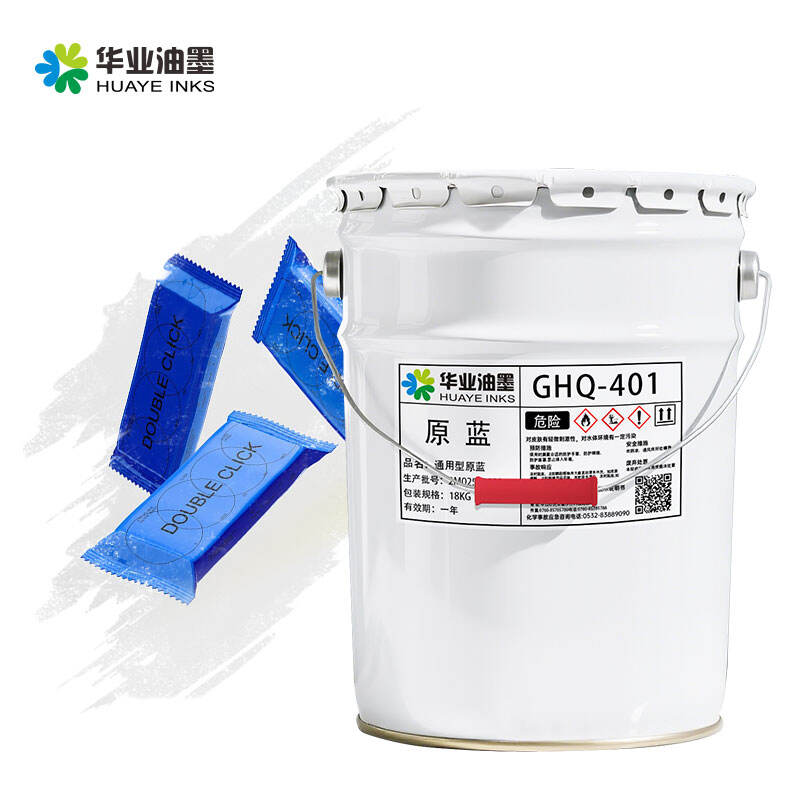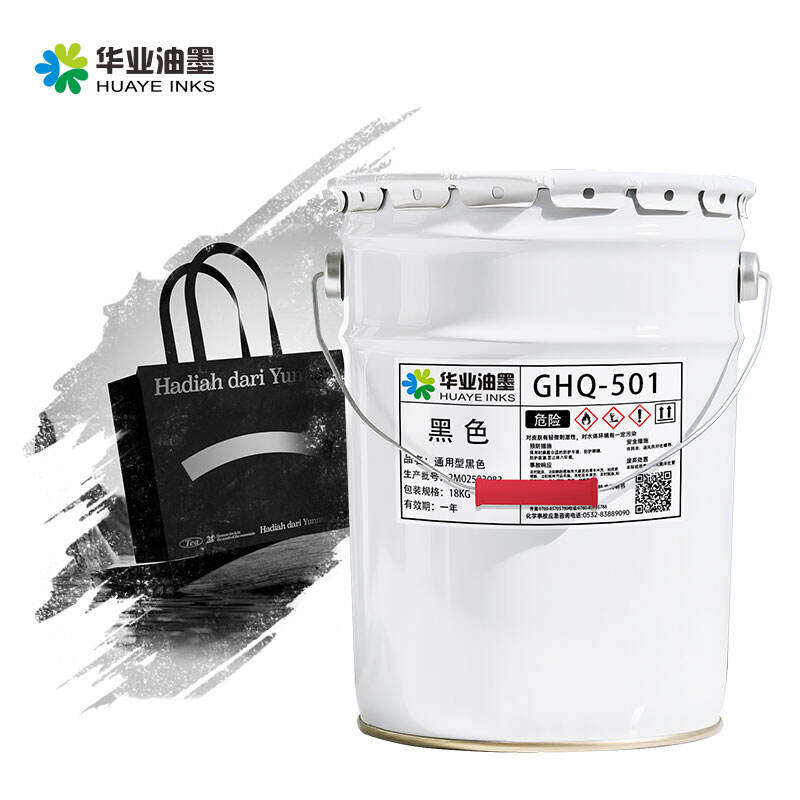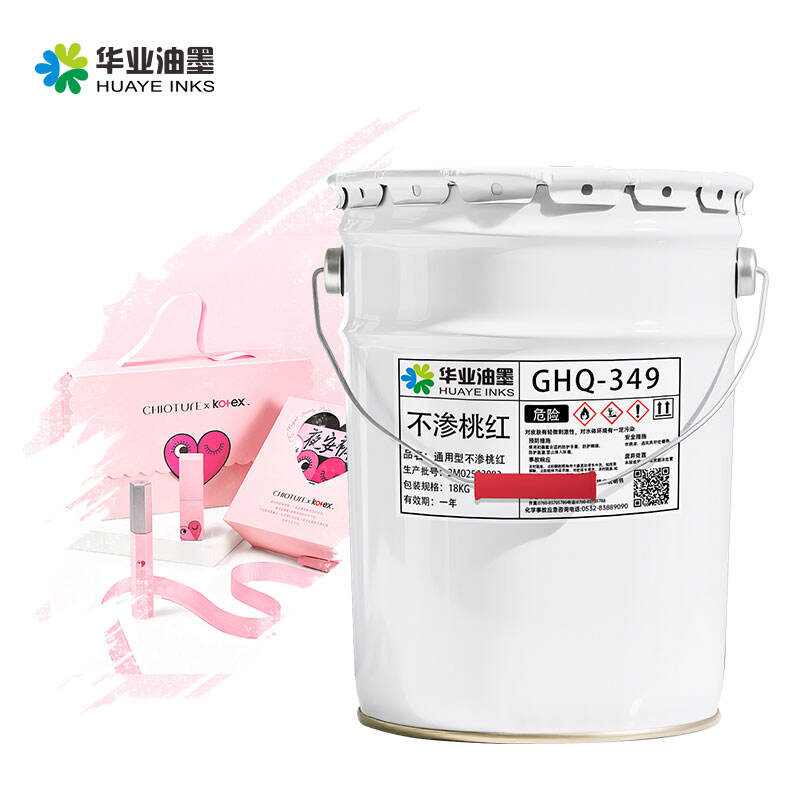No.2 Jieging Road ,Shazai industrial Park, Minzhong Zhongshan City, Guangdong Province
Solvent ink for glass is a specialized ink type designed to meet the unique requirements of printing on glass substrates. Glass, with its smooth, non - porous surface, poses distinct challenges for ink adhesion and durability, and solvent inks have been engineered to overcome these obstacles and deliver high - quality printed results. The key to the effectiveness of solvent ink for glass lies in its ability to adhere to the smooth surface. The solvents in the ink help to wet the glass surface, allowing the pigments and binders to spread evenly and form a strong bond. Additionally, some solvent ink formulations for glass may include additives that enhance adhesion, such as adhesion promoters or primers. These additives work by chemically interacting with the glass surface, improving the ink - substrate bond and ensuring long - lasting prints. The color vibrancy and clarity achievable with solvent ink on glass are remarkable. The inks can reproduce a wide range of colors with high precision, making them suitable for applications where detailed and vivid graphics are required. For example, in the production of glass signage, decorative glass panels, and glassware with printed designs, solvent inks can create eye - catching visuals. The pigments in the ink are carefully selected to ensure good lightfastness and color stability, which is important for maintaining the appearance of the printed glass products over time. Solvent ink for glass also offers good chemical resistance. Glass products may come into contact with various chemicals, such as cleaning agents, during use. The cured ink film formed by solvent inks can resist chemical attack, protecting the printed images from fading or being damaged. This makes it suitable for applications in the automotive, architectural, and consumer goods industries, where glass products need to withstand harsh environmental conditions. Another advantage is the ability to achieve different surface finishes. Depending on the formulation and printing process, solvent inks on glass can create matte, glossy, or textured effects. This versatility allows designers to create unique and customized glass products, adding an extra layer of aesthetic appeal.


